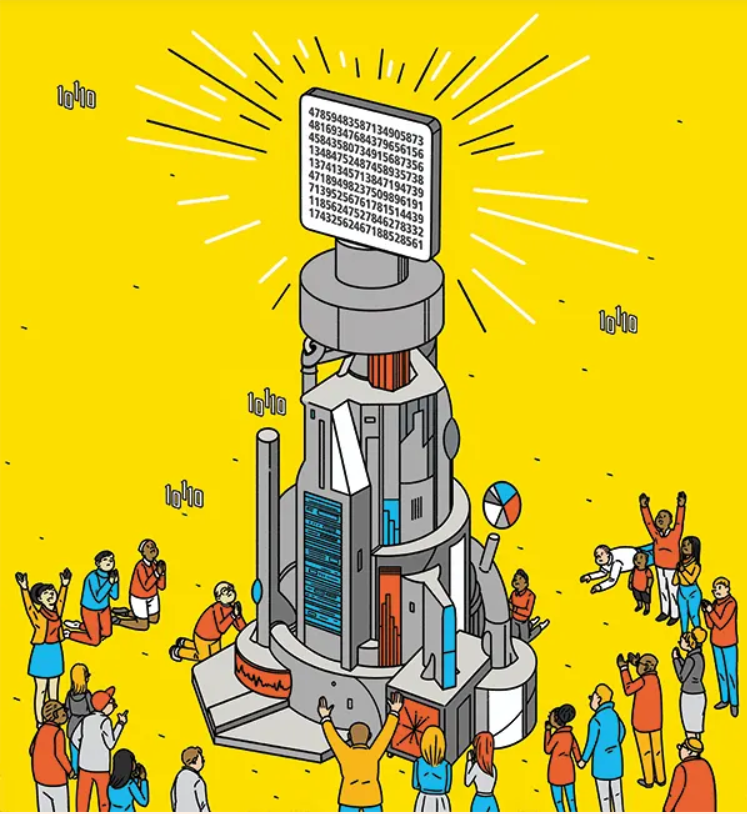Inspired by the TED talk of German professor Harald Haas, this blog sheds light (literally) on an upcoming technology; Li-Fi– the so-called successor of Wi-fi. What prospects does the technology offer and how could Li-Fi improve the safety of wireless communication?
Wireless communication has grown into a commodity like water and electricity. While the topic of ‘5G technology’ is currently receiving a lot of attention, it also contributes to an imminent problem. Our electromagnetic spectrum covering radio waves such as 5G and Wi-Fi is becoming fully exploited. You probably know stories of people living in dense cities where Wi-Fi signals interfere with each other or people having no service in their new-build homes. Moreover, radio waves are not efficient: cellular towers are inefficient and consume a lot of energy. Lastly, radio waves, e.g. in hospitals, form a threat to some medical equipment.
Li-Fi enables sending data through the form of lights – using Light Emitting Diodes (LEDs). By letting LED lights flash at high frequencies the human eye is not able to detect, Li-Fi can reach an optimal speed of 10 Gb per second, 100 times faster than Wi-Fi. The TED talk by professor Haas illustrates this by sending a HD video through a desk lamp. A special sensor detects the light and converts it to video. Placing your hand between the light and the sensor will stop the dataflow. Since light can’t travel through solid objects, as radio waves can, Li-Fi does not interfere other Li-Fi networks and thus has no capacity constraints and security issues.
The best part: Li-Fi does not require large investments in the transmission infrastructure since we already have 14 billion LED lights installed. On the other hand, Li-Fi technologies does require a special sensor / camera build in a device to receive, send and convert light into data. Something which is currently under development for commercial use. Another downside is that, for example, your phone in your pocket won’t receive anything.
Will the benefits of Li-FI outweigh its drawbacks? And how viable do you think Li-FI will be?
Sources:
Haas, H. (2012). Wireless data from every light bulb. Retrieved September 29, 2019, from https://www.ted.com/talks
/harald_haas_wireless_data_from_every_light_bulb/up-next.
Pure LiFi. (n.d.). LiFi Technology. Retrieved September 29, 2019, from https://purelifi.com/lifi-technology/.
Haas, H. (2018). LiFi is a paradigm-shifting 5G techno
logy. Reviews in Physics, 3, 26-31.
Copyright picture Medium(https://medium.com/acmvit/li-fi-the-future-of-internet-e573eab6bd0d)


